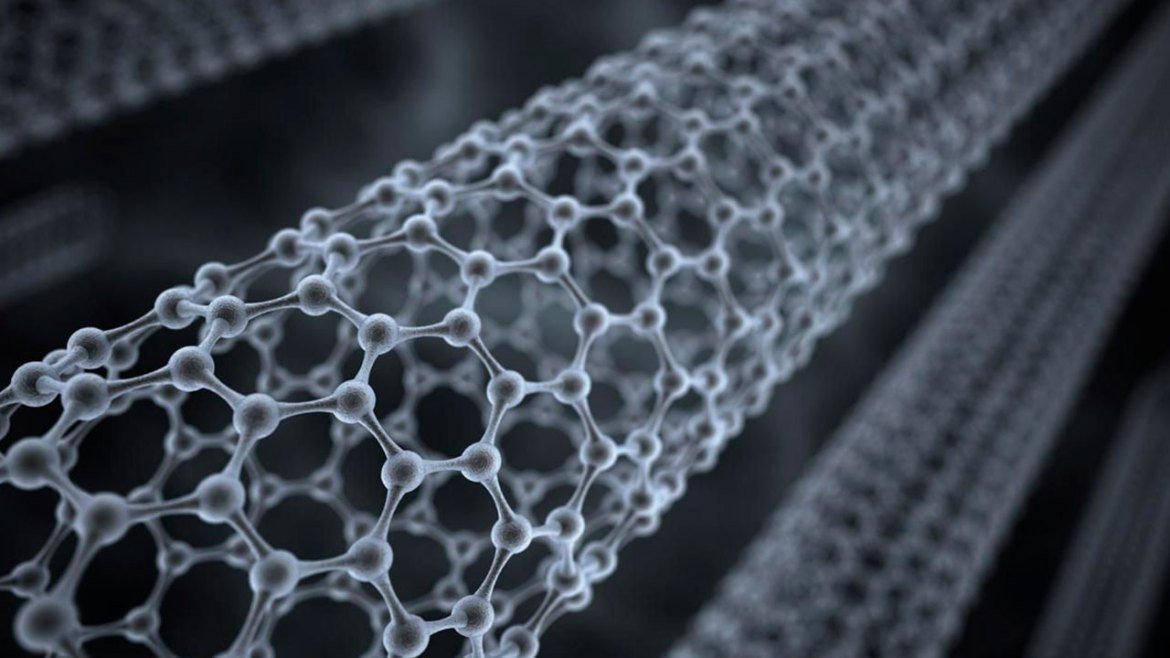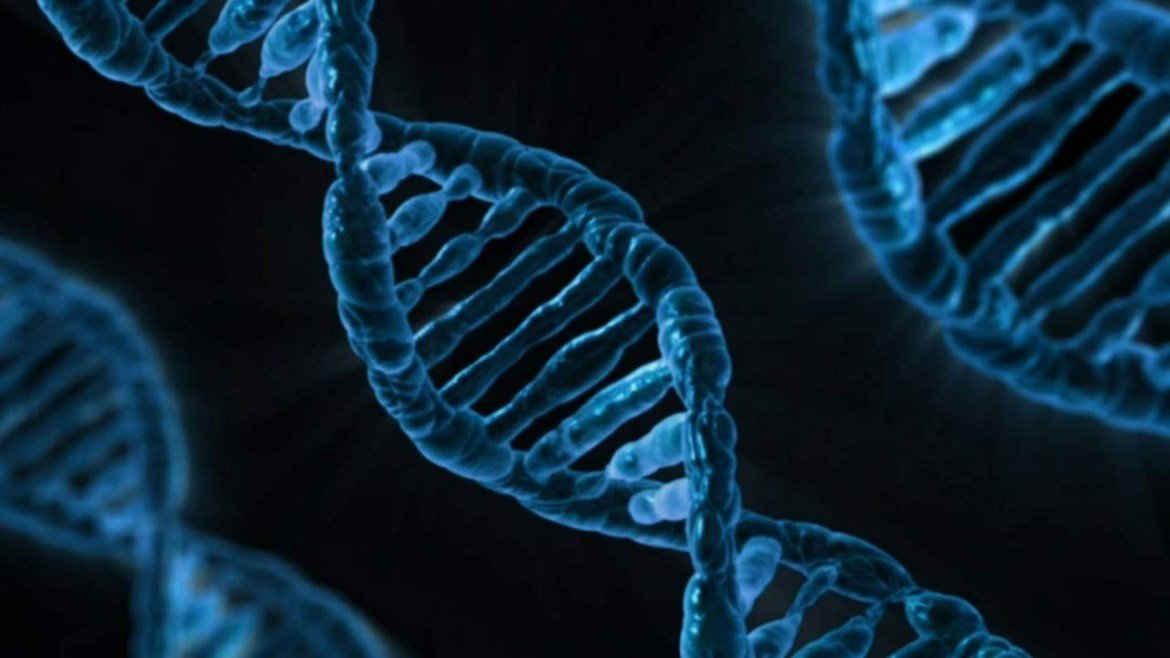Scientists and partners at the University of Virginia School of Medicine have sampled DNA to overcome an almost insurmountable barrier to engineering materials that will revolutionize electronics.
Our DNA has led scientists
As a result of these studies, superconductors with zero electrical resistance and allowing electrons to flow unhindered can be produced. Thus, transmission will be possible without any energy loss. With this new development, technology is expected to gain a new dimension.
This type of superconductor was first described more than 50 years ago by physicist William A. Little. For decades, scientists have struggled to make this idea a reality. But even if the viability of this idea was confirmed, there were a number of difficulties that seemed impossible to overcome.

One way to realize Little’s idea of this superconductor is to modify the lattices of carbon nanotubes. Since the dimensions of these tubes can only be expressed in billionths of a meter, it is very difficult to work on them.
In addition, it was necessary to control the chemical reactions along the nanotubes so that the cage could be assembled as precisely as possible and work as intended. In order to solve this situation, the DNAs, which form the basis of human beings, were examined.

Edward H. Egelman, a PhD student in the Department of Biochemistry and Molecular Genetics, and his colleagues used DNA, the genetic material that tells living cells how to work, to guide the chemical reaction that would get past Little’s superconductor’s major hurdle.
As a result, they took DNA as the basis for engineering this delicate structure. The results revealed the carbon nanotube cage needed for Little’s room-temperature superconductor. The researchers state that the cage they built has not been tested for superconductivity at the moment, but theoretically it stands against them.

Egelman and colleagues say their DNA-based approach to the construction of the nanotube lattice could have useful research applications in many fields, particularly in physics. It’s also one step closer to building Little’s room-temperature superconductor.
So what do you think about superconductors? Do you think such a thing can be achieved at room temperature? You can share your views with us in the comments section.